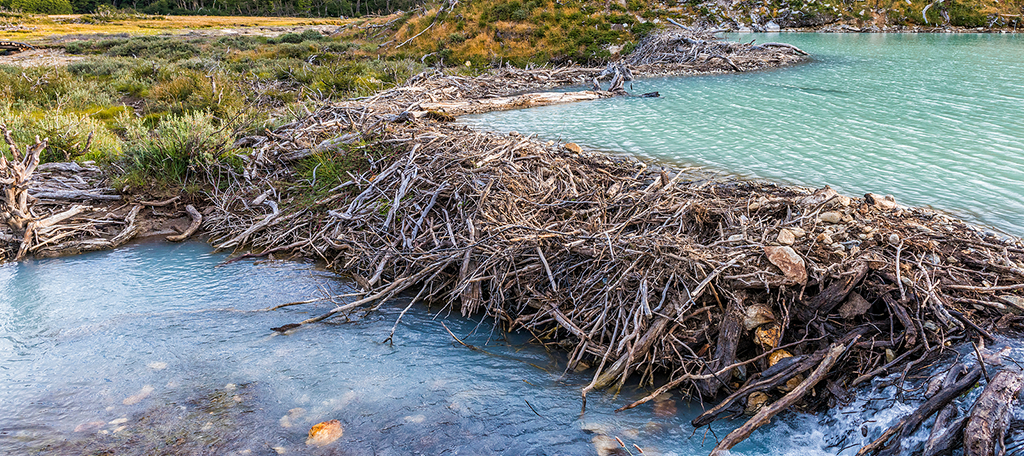Beavers are some of my favorite animals, but they are now an agent of climate change. According to a new report, they are now entering areas in the Arctic region and building dams. While this may sound harmless, it is destroying hectares of permafrost.
Permafrost is a natural reserve of methane. When it is thawed, that methane is released into the atmosphere. Many studies have already identified that methane emissions are far more destructive to the environment in comparison to carbon.
Thus, curbing these emissions is more important than ever.
How Are Beavers Thawing Permafrost?

As we all know, beavers like to build dams. These dams create new lakes that can cover large areas of wilderness. However, because the planet is beginning to warm at an alarming rate, especially the South Pole, more Arctic areas are now accessible to beavers.
To be more specific, areas in Alaska and Northern Canada are getting warmer and even growing trees and plants. Beavers can use these new trees to create dams. The lake water ends up melting the permafrost on the land it covers, which releases the methane.
Now you may be wondering, how many dams could possibly have been put up?
The report found that the number of dams rose from 2 in 2002 all the way to 98 in 2019. That is nearly a 5,000% increase!
Can We Do Anything to Prevent This?
To be perfectly honest, no. Beavers naturally try to create dams. And as climate conditions continue to warm, they will be able to get into previously inaccessible areas.
The only way to prevent this is to curb our own emissions to keep climate change from getting worse. This would prevent them, or at least slow them down, from entering new areas with permafrost.
How significant these emissions might be is still being researched. But one thing is very clear, they are not negligible.


